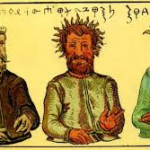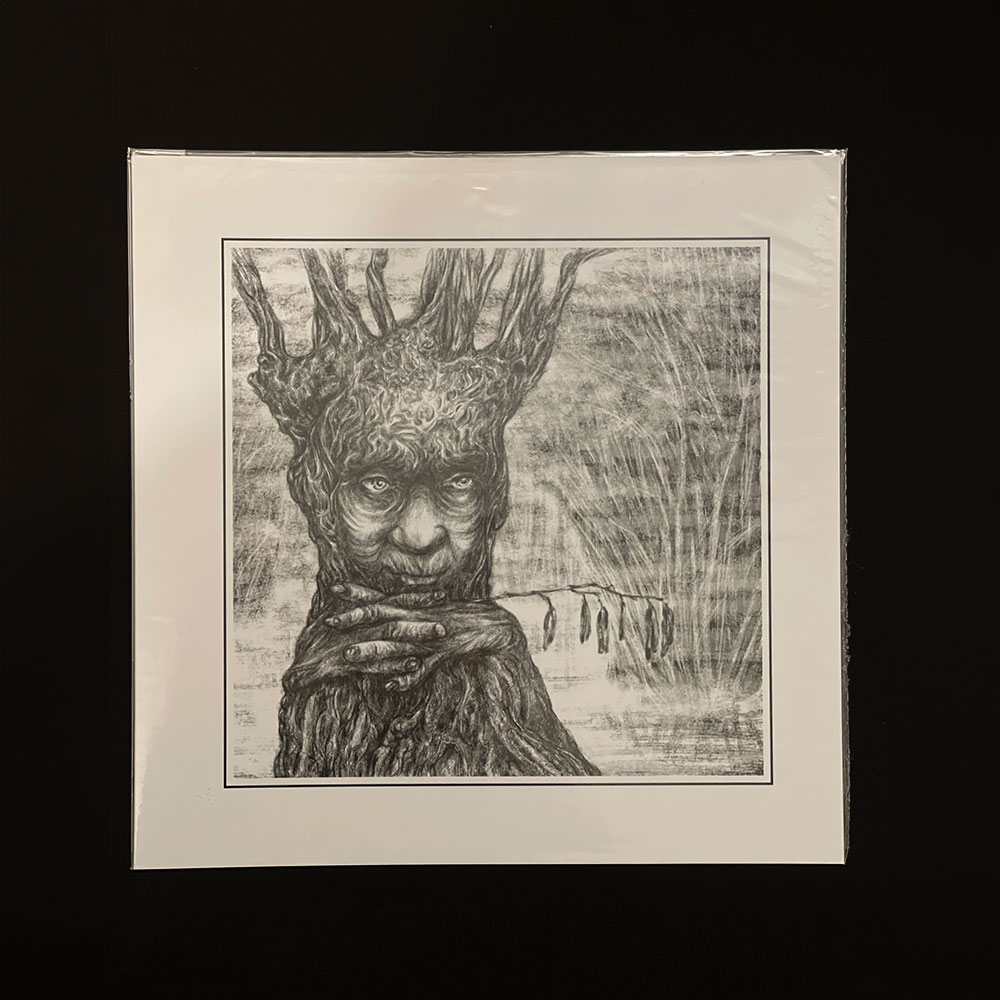Lazdona is a significant figure in Lithuanian mythology, representing a rich tapestry of beliefs and traditions that have been passed down through generations. This mythical character is often associated with the natural world, particularly with hazelnut trees and their symbolic meanings. In Lithuanian culture, the hazelnut is not just a common tree; it embodies various aspects of life, growth, and even the spiritual realm. Lazdona’s connection to this tree illustrates the importance of nature in Lithuanian folklore and how it intertwines with daily life and spirituality.
The Origin of Lazdona
The origins of Lazdona can be traced back to ancient times when the Indo-European tribes settled in the Baltic region. These tribes brought with them a rich collection of myths and legends that formed the foundation of Lithuanian mythology. Lazdona is believed to be a goddess of fertility and abundance, representing the life-giving properties of the hazelnut tree. The hazelnut, known for its nutritious qualities, was essential for the sustenance of many communities, thus giving rise to Lazdona’s reverence.
 Vaiva
VaivaIn the context of Lithuanian culture, Lazdona is often depicted as a benevolent figure who blesses the land and its people with prosperity. Her essence is linked to the changing seasons, particularly autumn, when the hazelnuts are harvested. During this time, rituals and celebrations are held to honor her, ensuring a good harvest and expressing gratitude for the bounties provided by nature. This connection emphasizes the symbiotic relationship between the people and the land, highlighting the importance of respecting nature.
Lazdona and the Hazelnut Tree
The hazelnut tree holds a special place in Lithuanian mythology, and Lazdona’s association with it further enhances its significance. The tree is seen as a symbol of wisdom, growth, and protection. In various myths, the hazelnut tree is described as a source of knowledge, where the nuts themselves are believed to contain secrets of the universe. This idea ties back to Lazdona, who is seen as a guardian of this knowledge, guiding those who seek to understand the mysteries of life.
In many Lithuanian villages, hazelnut trees are planted near homes as a protective measure. It is believed that Lazdona watches over these trees, ensuring that families are safe and prosperous. The act of planting a hazelnut tree is often accompanied by rituals that invoke Lazdona’s blessings. People would gather to celebrate the planting, offering prayers and gifts to the goddess, thereby strengthening their connection to her and the land.
 Laime
LaimeCelebrations and Rituals
Celebrations dedicated to Lazdona often take place during the harvest season, particularly in late summer and early autumn. These festivities are characterized by communal gatherings where families and friends come together to celebrate the abundance of the land. One of the key elements of these celebrations is the hazelnut harvest, which involves collecting the nuts and preparing them for consumption. This process is often filled with joy, laughter, and storytelling, as people share tales of Lazdona and her significance.
During these celebrations, traditional foods are prepared, often incorporating hazelnuts as a central ingredient. Dishes such as hazelnut cakes and porridge are common, and they serve as a way to honor Lazdona for her blessings. Additionally, music and dance are integral parts of the festivities, with songs that recount the stories of Lazdona and her connection to the land. These cultural practices not only celebrate the goddess but also strengthen community bonds and preserve cultural heritage.
Common Rituals to Honor Lazdona
- Planting hazelnut trees during spring.
- Offering prayers and gifts at the base of hazelnut trees.
- Preparing traditional dishes with hazelnuts during harvest festivals.
- Gathering for communal celebrations to share stories and songs about Lazdona.
These rituals serve multiple purposes. They are a way for the community to come together, to express gratitude for the earth’s gifts, and to ensure that the traditions surrounding Lazdona are kept alive. Furthermore, these practices foster a deep respect for nature, emphasizing the need to live in harmony with the environment. The rituals reflect a profound understanding of the interconnection between humans and the natural world, a theme that is prevalent throughout Lithuanian mythology.
 Krumine
KrumineLazdona in Modern Culture
In contemporary Lithuania, the figure of Lazdona continues to hold relevance. While modern society may be more influenced by urbanization and globalization, many people still find ways to incorporate traditional beliefs into their lives. For instance, the hazelnut tree is often celebrated in local art, literature, and even music, serving as a reminder of the rich cultural heritage associated with Lazdona. Artists and writers draw inspiration from her story, using it as a means to connect with their roots and express their identity.
Moreover, environmental movements in Lithuania often reference Lazdona and her connection to nature. As concerns about climate change and environmental degradation grow, many people look to ancient wisdom for guidance on how to live sustainably. Lazdona serves as a symbol of respect for the earth and its resources, reminding individuals of the importance of caring for the environment. This revival of interest in mythology and nature reflects a broader trend towards seeking balance and harmony in modern life.
The Symbolism of Lazdona
Lazdona’s symbolism extends beyond just the hazelnut tree. She represents the cycle of life, from birth to death and rebirth. This cyclical nature is mirrored in the changing seasons, where the hazelnut tree goes through various phases of growth, shedding leaves in autumn and blossoming in spring. This cycle is vital in Lithuanian culture, as it emphasizes the importance of renewal and the interconnectedness of all living things. Lazdona embodies these themes, making her a powerful symbol in Lithuanian mythology.
Additionally, Lazdona’s association with fertility highlights the importance of family and community. In Lithuanian culture, the family unit is central to social structure, and Lazdona’s blessings are often sought for healthy children and prosperous households. Her presence in rituals surrounding childbirth and marriage reflects the deep-seated belief in her power to influence these critical aspects of life. This aspect of her symbolism reinforces the idea that nature and human life are intertwined, with each influencing the other.
Legends and Stories about Lazdona
Various legends and stories about Lazdona exist within Lithuanian folklore, each illustrating different facets of her character and influence. One popular tale recounts how Lazdona taught the first Lithuanians how to cultivate hazelnut trees. According to this story, she appeared to a group of farmers and showed them the proper way to plant and care for these trees. In return for their respect and care, Lazdona promised them abundant harvests and prosperity. This legend underscores the importance of gratitude and respect for nature.
Another story tells of a time when Lazdona saved a village from famine. The villagers had forgotten to honor her with their rituals, leading to poor harvests. In their desperation, they turned to Lazdona for help. Moved by their plight, she appeared in a vision, reminding them of the importance of their traditions. The villagers quickly held a festival in her honor, and soon after, their crops flourished. This tale serves as a cautionary reminder of the consequences of neglecting one’s cultural heritage and the need to maintain a connection with the divine.
Conclusion: The Enduring Legacy of Lazdona
Lazdona’s enduring legacy in Lithuanian mythology is a testament to the deep-rooted connection between the people and their environment. Her stories and rituals reflect a profound respect for nature, highlighting the importance of balance and harmony in life. As modern society continues to evolve, the teachings of Lazdona remain relevant, guiding individuals toward a more sustainable and respectful way of living. By honoring her through traditions and celebrations, Lithuanians ensure that the spirit of Lazdona lives on, enriching their culture and identity for generations to come.
